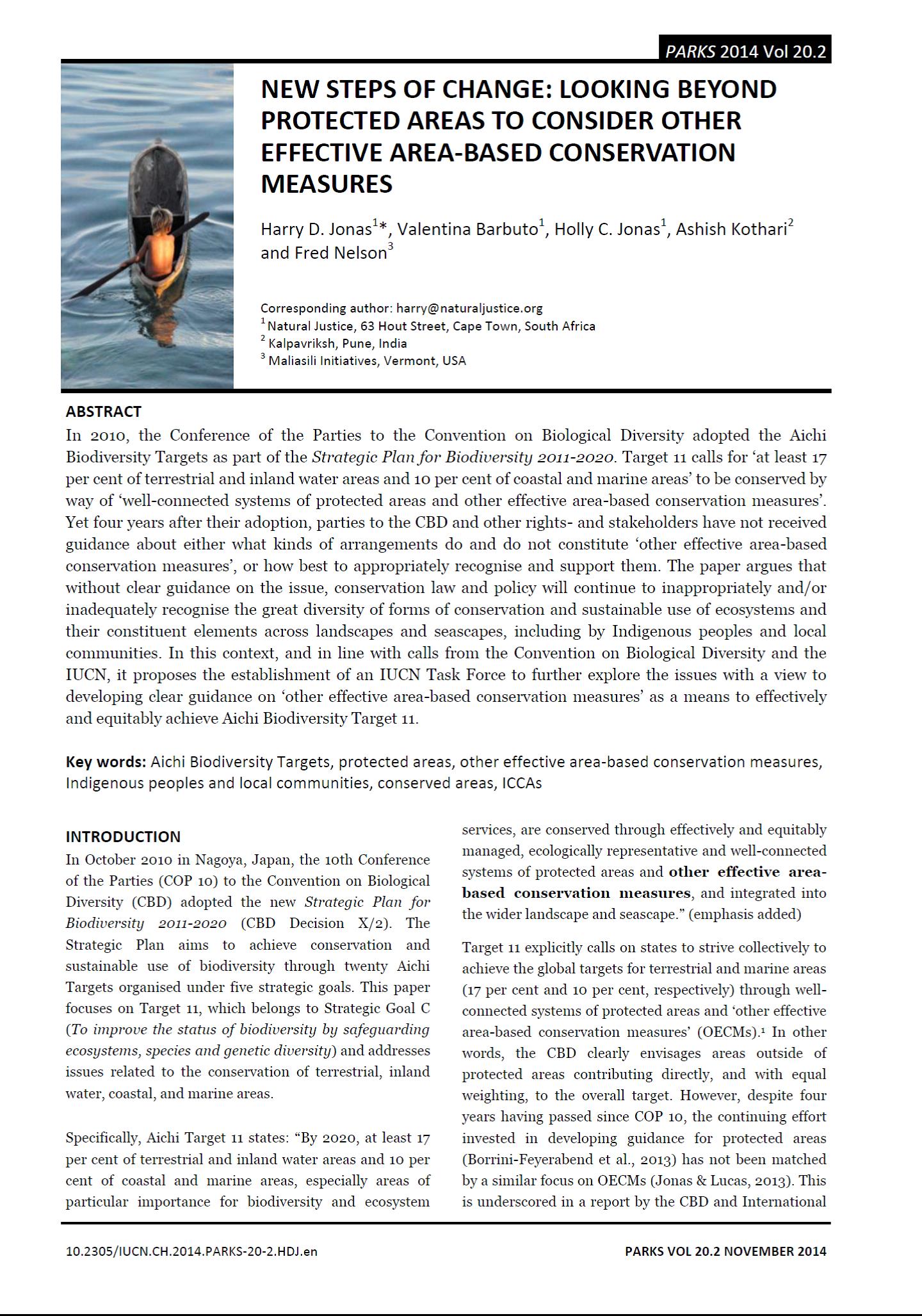Location
IUCN is a membership Union uniquely composed of both government and civil society organisations. It provides public, private and non-governmental organisations with the knowledge and tools that enable human progress, economic development and nature conservation to take place together.
Created in 1948, IUCN is now the world’s largest and most diverse environmental network, harnessing the knowledge, resources and reach of more than 1,300 Member organisations and some 16,000 experts. It is a leading provider of conservation data, assessments and analysis. Its broad membership enables IUCN to fill the role of incubator and trusted repository of best practices, tools and international standards.
IUCN provides a neutral space in which diverse stakeholders including governments, NGOs, scientists, businesses, local communities, indigenous peoples organisations and others can work together to forge and implement solutions to environmental challenges and achieve sustainable development.
Working with many partners and supporters, IUCN implements a large and diverse portfolio of conservation projects worldwide. Combining the latest science with the traditional knowledge of local communities, these projects work to reverse habitat loss, restore ecosystems and improve people’s well-being.
Resources
Displaying 61 - 65 of 142New Steps of Change: Looking Beyond Protected Areas to Consider other Effective Area-based Conservation Measures
In 2010, the Conference of the Parties to the Convention on Biological Diversity adopted the Aichi Biodiversity Targets as part of the Strategic Plan for Biodiversity 2011-2020. Target 11 calls for ‘at least 17 per cent of terrestrial and inland water areas and 10 per cent of coastal and marine areas’ to be conserved by way of ‘well-connected systems of protected areas and other effective area-based conservation measures’.
Defining security of land tenure in irrigation schemes in Niger
In Niger the land converted for public use is now facing a dual problem: on one hand, customary landowners or their descendants claim property rights on this space which supposedly belongs to the State, on the other hand, government bodies who manage this area do not have the legal documents to justify the State's rights over the developed (irrigated) land and, consequently, to protect it. How to ensure secure land tenure for the State on the developed land while preserving the legitimate rights of those working the land?
Définition des mesures de sécurisation foncière des périmètres irrigués au Niger
Au Niger le foncier aménagé se trouve aujourd’hui face à une double problématique : d’une part les anciens propriétaires coutumiers ou leurs descendants réclament des droits de propriété sur cet espace supposé appartenir à l’État, et d’autre part les structures publiques qui gèrent ce domaine ne disposent pas de documents juridiques pour justifier les droits de l’État sur les périmètres irrigués et, en conséquence, pour protéger le foncier aménagé.
Notes de réflexion sur l’état des textes et les besoins de réforme pour la gestion du foncier irrigué au Niger
Le début de la mise en oeuvre du Programme Kandadji a fourni l'occasion de mener d’importants travaux et réflexions autour des textes sur le foncier irrigué au Niger, lesquels ont donné lieu à des recommandations fortes pour améliorer le cadre juridique de la gestion du foncier public, en particulier le foncier irrigué.
Analysis of the legal texts and reforms needed for the management of irrigated land in Niger
The start of the work of the Kandadji Programme, for the construction of the Kandadji dam, has provided the opportunity to analyse and reflect on the legal texts relating to irrigated land in Niger. This has led to strong recommendations for improving the legal framework for the management of public land, particularly irrigated land.






